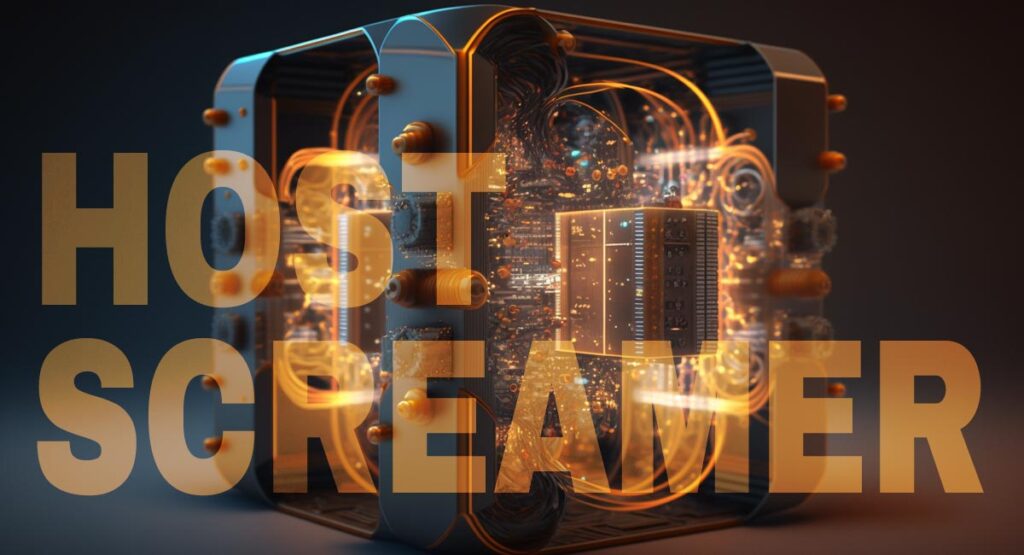Introduction
It’s difficult to imagine life without computers and operating systems. These complex systems are the backbone of modern computing, allowing us to perform a wide range of tasks with ease. But have you ever wondered how operating systems came into existence? What were the driving forces behind their development, and how did they evolve over time?
In this comprehensive article, we will take a deep dive into the fascinating history of operating systems. We will explore the origins of computing and the key milestones that led to the development of operating systems as we know them today. By the end of this article, you will have a clear understanding of how operating systems came to be and the pivotal role they play in our daily lives.
1. The Birth of Computing
1.1 The Early Days of Computing
The origins of computing can be traced back to the early 19th century when inventors and mathematicians started exploring the possibilities of automating calculations. Charles Babbage’s concept of a “Difference Engine” and “Analytical Engine” laid the foundation for modern computers. These mechanical devices were the precursors to the electronic computers we use today.
1.2 The Emergence of Electronic Computers
The advent of electronic computers in the mid-20th century revolutionized the computing landscape. Pioneering efforts by individuals such as Alan Turing, John von Neumann, and Grace Hopper led to the development of electronic computers that could execute complex calculations and solve mathematical problems.
2. From Batch Processing to Time-Sharing
2.1 Early Operating Systems: Batch Processing
In the early days of electronic computers, programs were fed into the machines using punch cards, and the computer would process them in batches. This approach, known as batch processing, required users to submit their jobs and wait for the results. Operating systems were rudimentary, mainly focused on managing the resources of the computer and ensuring the proper execution of batch jobs.
2.2 Time-Sharing Systems
As computers became more powerful and accessible, the need for interactive computing arose. Time-sharing systems emerged as a solution to this demand, allowing multiple users to simultaneously access a computer system. This breakthrough was made possible by the development of sophisticated operating systems that could efficiently manage resources and allocate computing time to different users.
3. The Rise of Graphical User Interfaces
3.1 The Graphical Revolution
In the early 1980s, a significant milestone in computing history occurred with the introduction of graphical user interfaces (GUIs). Companies like Apple and Xerox PARC pioneered the concept of using icons, windows, and a pointing device (mouse) to interact with computers. GUIs made computers more user-friendly and accessible to a broader audience.
3.2 Windows and the Mass Market
Microsoft’s release of Windows in 1985 brought the GUI revolution to the mass market. Windows provided a visually appealing and intuitive interface, making personal computers more user-friendly than ever before. This development marked a significant shift in the operating system landscape, as graphical interfaces became the norm rather than the exception.
4. The Modern Era of Operating Systems
4.1 The Era of Mobile Operating Systems
With the advent of smartphones and tablets, a new era of operating systems began. Companies like Apple (iOS) and Google (Android) introduced mobile operating systems specifically designed for the unique requirements of mobile devices. These operating systems revolutionized the way we interact with technology, bringing computing power to our fingertips.
4.2 The Cloud and Distributed Computing
The rise of cloud computing has had a profound impact on operating systems. Cloud-based operating systems, such as Google’s Chrome OS, have emerged, leveraging the power of distributed computing and centralized storage. This shift towards cloud-based systems has allowed for greater flexibility, scalability, and collaboration in the computing world.
Final Thoughts
The journey of operating systems from the early days of batch processing to the modern era of cloud computing has been a remarkable one. Operating systems have evolved to meet the ever-changing needs of users, providing powerful tools and interfaces to harness the full potential of computers. Today, operating systems are not only the backbone of personal computers but also mobile devices, embedded systems, and the vast infrastructure of the internet.
Understanding the history and development of operating systems allows us to appreciate the complexity and innovation behind these indispensable tools. As technology continues to advance, it is crucial to acknowledge the contributions made by pioneers and visionaries who paved the way for the operating systems we rely on today. So the next time you interact with your computer or mobile device, take a moment to reflect on the incredible journey that led to the operating system you’re using.
References
- Smith, C. (2010). The evolution of operating systems. History of Programming Languages, 3, 142-163.
- Silberschatz, A., Galvin, P. B., & Gagne, G. (2018). Operating system concepts. John Wiley & Sons.
Note: This article provides a general overview of the history and evolution of operating systems. For a more detailed analysis, further research and exploration of specific operating systems and their contributions is recommended.
I write for and assist as the editor-in-chief here on Host Screamer. I’m a digital entrepreneur since 1992. Always Keep Learning! Notice: All content is published for educational and entertainment purposes only. NOT LIFE, HEALTH, SURVIVAL, FINANCIAL, BUSINESS, LEGAL OR ANY OTHER ADVICE. Learn more about Mark Mayo




